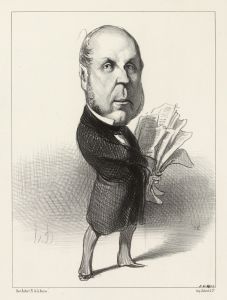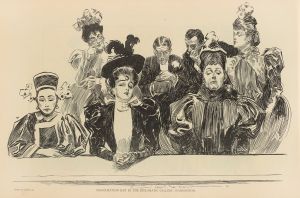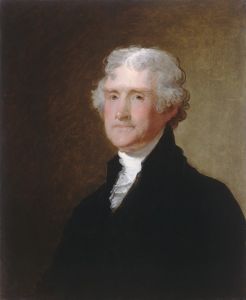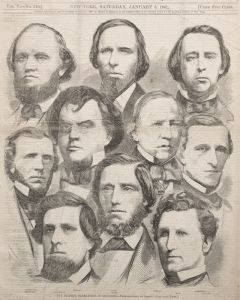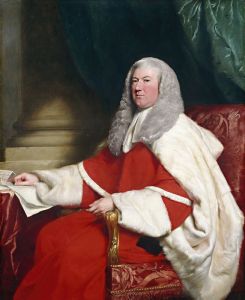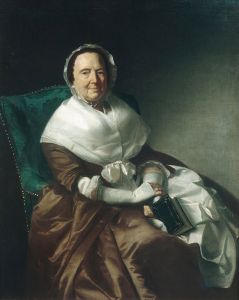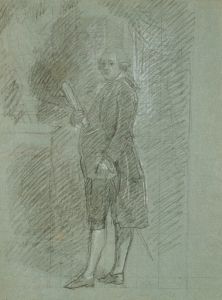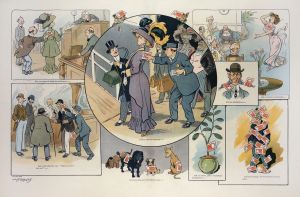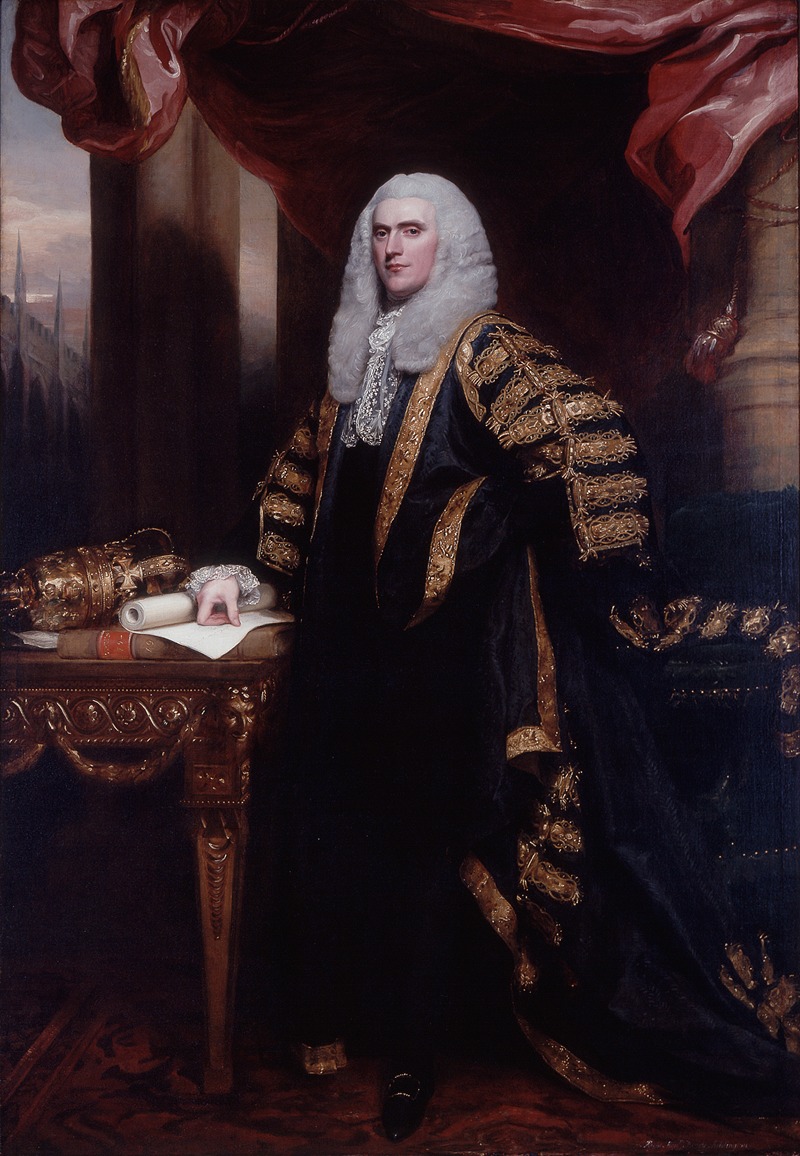
Henry Addington, First Viscount Sidmouth
A hand-painted replica of John Singleton Copley’s masterpiece Henry Addington, First Viscount Sidmouth, meticulously crafted by professional artists to capture the true essence of the original. Each piece is created with museum-quality canvas and rare mineral pigments, carefully painted by experienced artists with delicate brushstrokes and rich, layered colors to perfectly recreate the texture of the original artwork. Unlike machine-printed reproductions, this hand-painted version brings the painting to life, infused with the artist’s emotions and skill in every stroke. Whether for personal collection or home decoration, it instantly elevates the artistic atmosphere of any space.
The painting "Henry Addington, First Viscount Sidmouth" is a portrait by the renowned American-born artist John Singleton Copley. Copley, who was active during the late 18th and early 19th centuries, is celebrated for his portraits and historical scenes, which often exhibit a high level of detail and realism. This particular work features Henry Addington, a prominent British statesman who served as Prime Minister of the United Kingdom from 1801 to 1804.
Henry Addington was born on May 30, 1757, in London, England. He was the son of Anthony Addington, a physician, and Mary Addington. Educated at Winchester College and Brasenose College, Oxford, Addington pursued a career in politics, entering the House of Commons in 1784 as the Member of Parliament for Devizes. He was a close friend and ally of William Pitt the Younger, who played a significant role in his political career.
Addington's tenure as Prime Minister came during a tumultuous period in British history, marked by the ongoing Napoleonic Wars. His administration is noted for the signing of the Treaty of Amiens in 1802, which temporarily ended hostilities between Britain and France. However, the peace was short-lived, and war resumed in 1803. Addington faced criticism for his handling of the war effort and economic challenges, leading to his resignation in 1804. He was succeeded by William Pitt the Younger, who returned to office.
After his resignation, Addington continued to serve in various governmental roles, including as Lord President of the Council and Home Secretary. In 1805, he was elevated to the peerage as Viscount Sidmouth. His political career extended into the 1820s, and he remained an influential figure in British politics until his retirement.
John Singleton Copley's portrait of Addington captures the statesman in a dignified pose, reflecting his status and character. Copley was known for his ability to convey the personality and stature of his subjects, and this work is no exception. The painting is characterized by its attention to detail, particularly in the rendering of Addington's facial features and attire, which are depicted with Copley's signature precision and realism.
Copley himself was a significant figure in the art world, having established a successful career in both America and Britain. Born in Boston in 1738, he moved to London in 1774, where he became a member of the Royal Academy and gained acclaim for his portraits and historical paintings. His works are noted for their meticulous detail and the ability to capture the essence of his subjects.
The portrait of Henry Addington is an important example of Copley's work during his time in Britain and serves as a historical document of a key figure in British politics. The painting is housed in a collection that preserves the legacy of both the artist and the statesman, offering insight into the period's art and political history.





